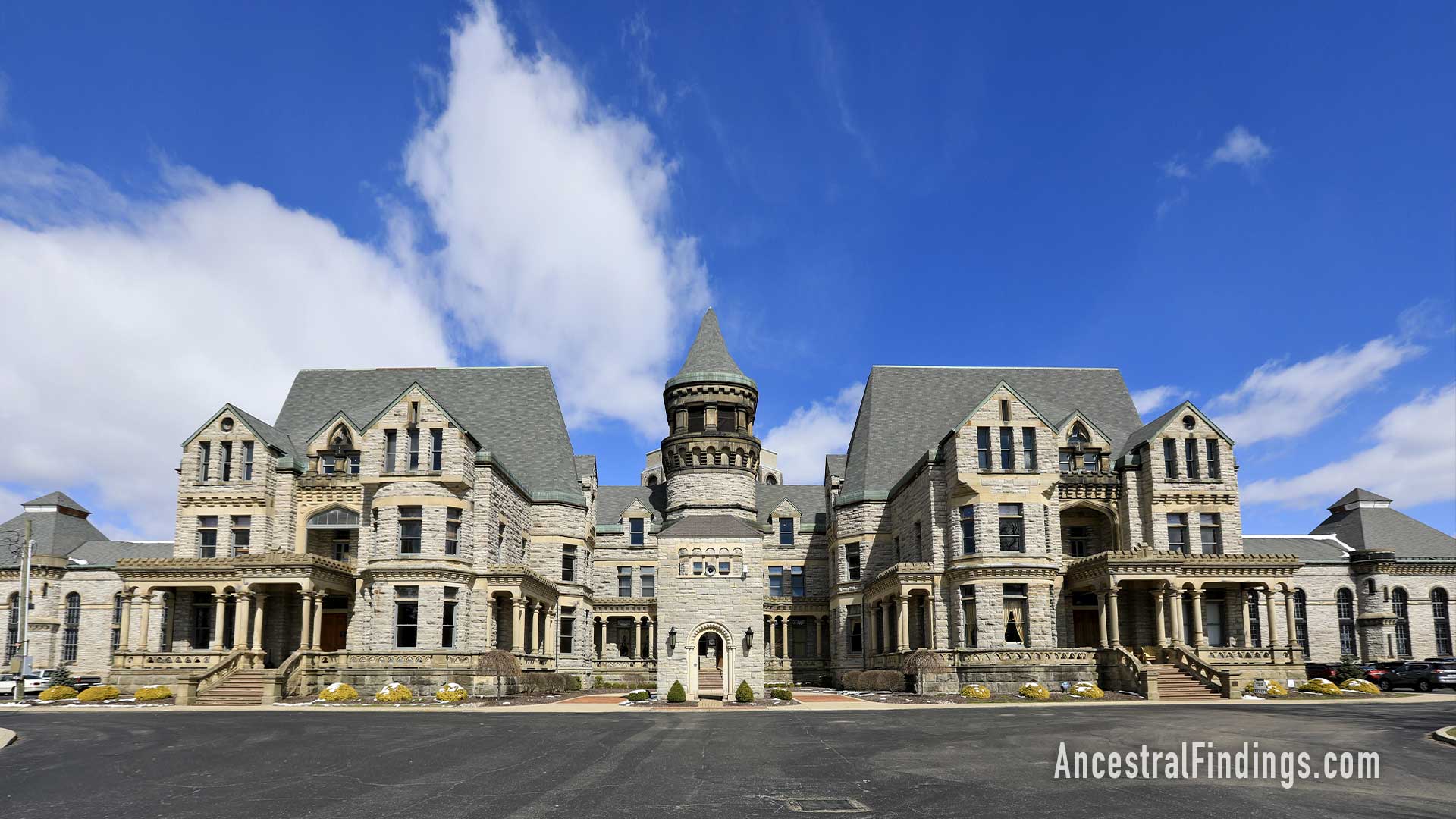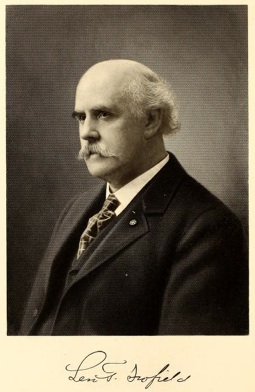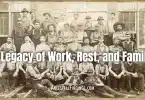Ohio is chock full of interesting historical places to explore. No matter where you go, you’ll find something of significance. One such place is the Ohio State Reformatory, which has also been called the Mansfield Reformatory. It’s located in Mansfield, and it was once a prison, though these days, it’s known as a famous historical landmark—and it’s even on the U.S. National Register of Historic Places!
The Reformatory isn’t the only piece of history surrounding this site, either. This place’s roots go back as far as the Civil War. If you’re ready to learn more, keep reading!
History as Far Back as the Civil War
More than two decades before the Reformatory was built, this site was host to a Civil War training camp. Starting in 1861, soldiers came here to drill in preparation for the war. Back then, it was called Camp Mordecai Bartley. The name came from a Mansfield man who had been Ohio’s governor during the 1840s. Camp Mordecai Bartley continued to host soldiers in training up until 1867, when the site was put up for consideration as a new penitentiary.
Building the Intermediate Penitentiary
That’s how the Ohio Reformatory got its start—as the proposed Intermediate Penitentiary in 1867. With plans in place, the city of Mansfield raised $10,000 to buy 30 acres on which the prison would sit. The State of Ohio bought another 150 acres connected to this land for $20,000. All told, between the land purchases and the building, when the Ohio Reformatory was finally completed, the total cost was $1,326,769.
And the building process really did take quite a while. Even though the Reformatory—still called the Intermediate Penitentiary back then—was proposed in 1867, construction didn’t begin until 1886. From there, the facility would remain under construction for close to two decades, not completing until 1910 on account of funding issues that caused delays.
One of the things that makes the current Reformatory so famous is its fabulous architecture. This was the creation of architect Levi T. Scofield of Cleveland, who made the original design. To create it, he used a mix of three distinct styles including Queen Anne, Richardsonian Romanesque, and Victorian Gothic. The reasoning behind this blend of styles, according to Scofield, was to help inmates be reborn into their spiritual selves.
F.F. Schnitzer was the builder, and to this day, his name is on the Reformatory’s cornerstone.
The Intermediate Penitentiary Becomes the Ohio State Reformatory
There’s a reason why it was originally named the Intermediate Penitentiary, too. Originally, it was meant as a midpoint between Lancaster’s Boys Industrial School and the State Penitentiary, which was located in Columbus. The Boys Industrial School was a reform school meant for boys between the ages of 8 and 18 while The State Penitentiary housed young first offenders.
Though it’d been known as the Intermediate Penitentiary for years, the name changed several years before the prison finally opened. The year 1891 was when the Penitentiary became the Ohio State Reformatory.
Five years later, in 1896, the prison finally opened its doors, accepting 150 prisoners from Columbus. These people went to work immediately on the Reformatory’s sewers along with the wall that surrounded the prison.
From that point on, the Reformatory remained operational as a prison for close to a century. In December 1990, a federal judge finally ordered the Reformatory to shut down due to poor living conditions and overcrowding within the prison.
One of the most interesting things about the Reformatory is that reform was truly its purpose, at least for many years. Unlike other prisons, the Reformatory attempted to rehabilitate its inmates. Prisoners would spend 18 months at the Reformatory, during which time, they’d be taught a trade, receive an education, and gain instruction in religion. If an inmate was deemed reformed after that 18 months, he could be released. If not, then the inmate would spend another 18 months at the Reformatory.
This went on until the 1960s, with the Reformatory boasting a high success rate. During the 60s, though, the State of Ohio stopped funding reformation tactics for prisoners. Thus, the Reformatory was converted into a maximum security prison—and that was part of its downfall. The Reformatory had never been designed as a maximum security facility, so there weren’t provisions in place for this kind of prison housing. Conditions for inmates deteriorated, which led to lawsuits, and eventually to the prison’s closure.
The Reformatory Today
Since the Reformatory’s closure, some things have been demolished, like the wall that once surrounded it along with some of the facility’s support buildings. The Reformatory itself, however, has remained—and that’s in large part due to the Mansfield Reformatory Preservation Society, which formed in 1995 to preserve this historic building. These days, the MRPS offers tours, and they serve as a wealth of information about the Reformatory.

The Reformatory Continues to Make History
Despite the fact that the Reformatory hasn’t been operational as a prison in decades, it still continues to make history. The fabulous architecture draws sightseers and even production companies from all over the world. One of the most famous happenings at the Reformatory was the filming of the critically acclaimed film, The Shawshank Redemption. This was in 1994, and the prison featured in a panning scene involving the warden’s office. Officer’s quarters were also used as part of the film’s set.
Other movies have filmed here, too, including 1989’s Tango & Cash, which was filmed while the prison was still operational, and 1975’s Harry and Walter Go to New York, which featured scenes in which the characters were behind bars in this prison—even as the prison was still in use. It has also been featured in numerous music videos, on the SciFi Channel, and on the Travel Channel.
Today, the Mansfield Reformatory Preservation Society offers tours of the prison. It’s a popular destination for sightseers interested in architecture and for photographers looking for unusual settings in which to practice their art. If you ever get the chance to see it, definitely sign up for a tour! You’ll be rewarded with rich history and interesting architecture.







